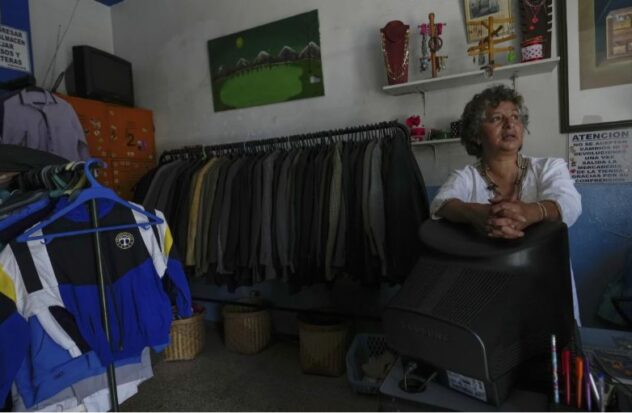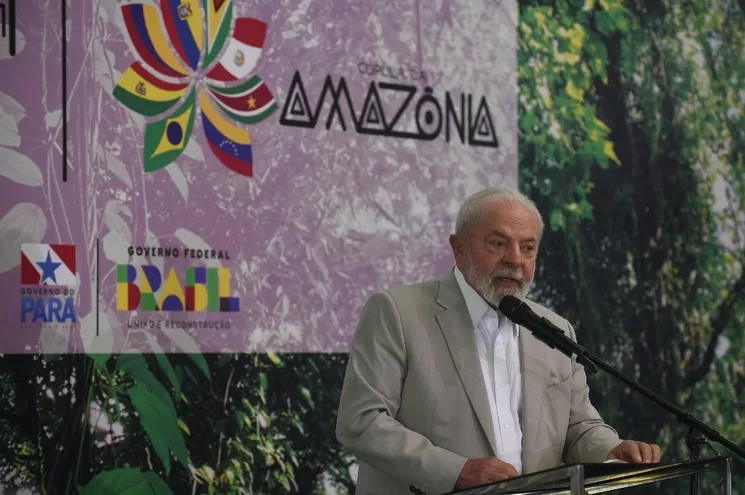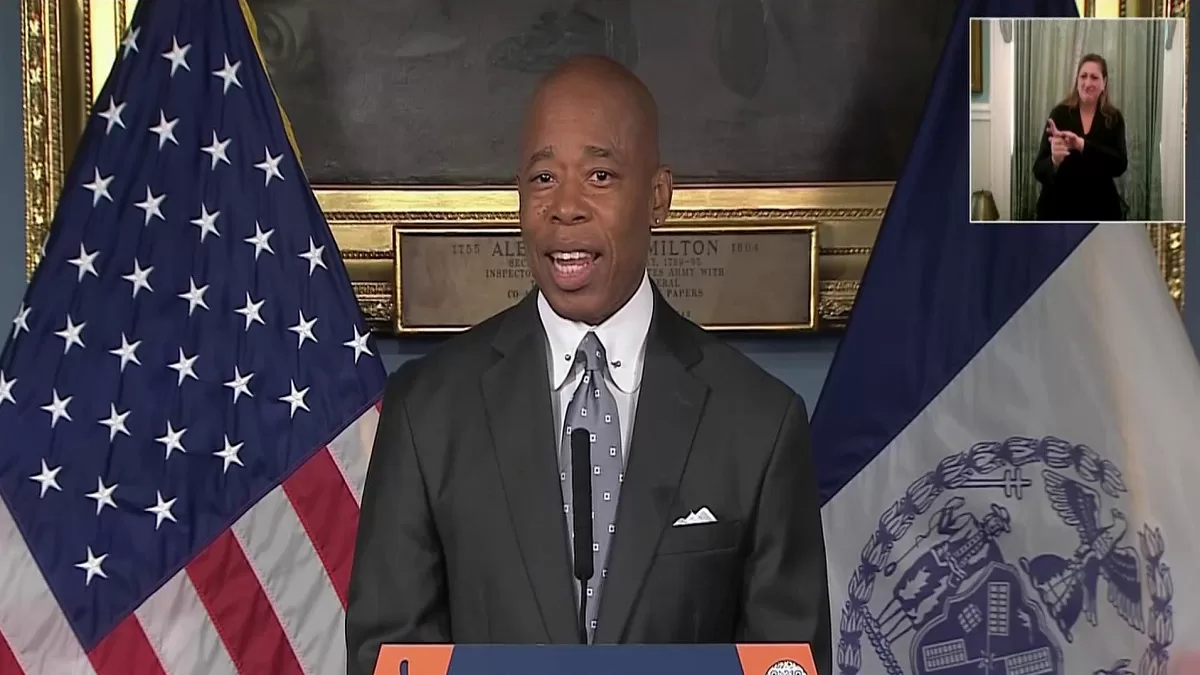The government of Ecuador announced on Wednesday that the electricity rationing schedule will be doubled to six hours a day due to an extended drought that affects hydroelectric generation.
In a statement, the Ministry of Energy ordered “that power cuts be maintained on a national scale, except for hospitals and educational units.” The government explained that the measure was adopted “after collecting real information about the situation.”
President Daniel Noboa declared an emergency in the energy sector the day before, dismissed the minister of the sector and announced that the State will cover 50% of the April payrolls of Ecuadorian households. This after the sudden blackouts that began on Sunday but were made official on Tuesday.
Noboa decided to investigate alleged sabotage in the sector for which he did not present evidence. Likewise, the president referred to ‘corruption’ as part of the problem in a message on social networks.
To the citizens:#ElNuevoEcuador pic.twitter.com/R0Yhg2gmLW
— Presidency Ecuador 🇪🇨 (@Presidencia_Ec) April 16, 2024
For the former Minister of Energy, Esteban Albornoz, the “extremely delicate” situation that the energy sector is going through “cannot be solved in the short term.” According to him, he told The Associated Press, the only option to face the crisis is thermal generation—using fuel—and he estimated that it will take between “two to eight months” to regularize the situation if decisions are made in time.
The lack of investment and implementation of a plan for the incorporation of annual energy, as well as the lack of maintenance in the power plants would be the real reasons behind the emergency, said the expert, who questioned whether weather conditions are used as an excuse because “From a technical point of view we must always be prepared for the worst scenario.”
“Demand in Ecuador is growing around 4% to 5% and that means that we have to increase 250 megawatts of new generation each year and there is a significant delay,” said Albornoz.
The sudden rationing came after the depletion of the flow of the country’s most important reserve in the Mazar reservoir, which feeds the two largest hydroelectric plants, Paute and Sopladora, which together with the Coca Codo plant produce about 40% of the energy that the country requires.
According to the National Electricity Corporation, 78% of the energy comes from hydroelectric sources and the rest from thermal power plants and non-conventional sources such as wind power.
Energy consultant José Luis Hidalgo agreed that a solution to rationing will not be seen in the short term and could be extended for up to a year, with periods of greater and lesser restriction subject to the rains being able to feed the hydroelectric reservoirs from May. .
For the consultant, the origin of the crisis is the lack of economic resources due to the subsidies given to sectors such as mining, which are supplied with energy at a cost three times lower than the production value and 11 times less than what they pay. residential users.
At the end of last year and until February, Ecuador imposed scheduled daily energy rationing in response to the shortfall in electricity production from its hydroelectric plants.
We invite you to visit us on the new NY1 Noticias channel on WhatsApp. There you will find the most relevant news about what is happening in New York, as well as other coverage about the rest of the country, Latin America and the world. click in this link to access the channel. We thank you in advance if you become one of our followers and express your reaction to what we publish with an emoji.






